ERW steel pipes are manufactured by heating the edges of steel plates to their melting point using resistance heat and then welding them together under pressure. They have narrow, high-precision welds and are commonly used for structural pipes and general-purpose pipelines. EFW (Electric Fusion Welded) steel pipes, on the other hand, use electric arc or induction methods to melt the filler metal and base material together to form a weld. These welds are thicker and more suitable for high-pressure, highly corrosive, or large-diameter pipeline applications. Therefore, the main differences between the two lie in the welding method, weld characteristics, and applicable working conditions.
What Is ERW Pipe?
ERW stands for Electric Resistance Welding. This type of pipe is made by cold-forming a flat steel strip into a round shape. The edges are then heated using high-frequency electrical current and fused together through pressure from rollers. Notably, no filler metal is used in this process.
The key to ERW welding lies in two physical effects:
Skin effect: The high-frequency current flows along the surface of the steel.
Proximity effect: It concentrates the current near the pipe edges.
These combined effects heat the edges of the steel strip to welding temperature, and the pressure applied by squeeze rollers forms a solid-state forged weld. This welding zone can be further refined through online or offline heat treatment, improving toughness and reducing residual stress. High-quality ERW pipes often have weld strength and toughness nearly equivalent to the base metal.
EFW Pipe Meaning
Electrofusion welding (EFW steel pipe) refers to electron beam welding, which uses high-speed motion to convert the impact kinetic energy of the electron beam into heat to heat the workpiece, so that the workpiece leaves the melt and forms a weld.
It is mainly used for welding dissimilar steels, welding thin plates or metal weldments with high power density. It can be quickly heated to high temperatures and can melt any refractory metals and alloys. Deep fusion welding has a fast speed and a very small heat-affected zone, so it has little effect on the performance of the joint and there is almost no deformation of the joint. However, due to the use of X-rays for welding, special welding rooms are required.
Submerged Arc Welding (SAW) - Electric Fusion Welding (EFW) is a process that uses an electric arc to heat the metal through one or more consumable electrodes and a workpiece to create metal and filler metal. The material is completely melted and no pressure is required. The filler metal part comes entirely from the electrode. Gas Metal Shielded Welding (GMAW) - An electric fusion welding (EFW) similar to submerged arc welding, but its protection comes from an inert gas, which is more effective.
Differences Between ERW and EFW Pipes
ERW stainless steel pipes are made by rolling steel plates into a circular shape and then using high-frequency current to heat and press the seams together. This process is simple and efficient, resulting in a lower price. They are commonly used in water supply, general transportation, and low-to-medium pressure environments.
EFW stainless steel pipes, on the other hand, completely melt the metal on both sides of the seam, allowing the molten steel to fuse together to form a weld. This results in a more thorough weld and higher strength. Therefore, they can withstand higher pressure, temperature, and corrosion, and are widely used in demanding applications such as the chemical, petrochemical, and oil and gas industries.
In short: ERW pipes are more economical and suitable for general pressure applications; EFW pipes are stronger, more durable, and suitable for high-pressure and corrosive environments. The more complex the process, the higher the performance and the higher the cost.
|
Feature
|
ERW Pipe
|
EFW Pipe
|
|
Full Name
|
Electric Resistance Welding
|
Electric Fusion Welding
|
|
Welding Method
|
Pressure welding, no filler
|
Arc welding, uses filler material
|
|
Heat Source
|
High-frequency electric current
|
Electric arc
|
|
Shielding
|
None
|
Flux (SAW) or gas (GMAW)
|
|
Filler Material
|
Not used
|
Required
|
|
Weld Seam Toughness
|
Equal to base metal after treatment
|
Slightly lower than base metal
|
|
Common Standards
|
API 5L, ASTM A53, ASTM A500
|
ASTM A671, A672, A691
|
|
Typical Applications
|
Structural, water, and gas pipelines
|
High-pressure and high-temperature use
|
Conclusion
ERW is a fast, economical resistance-welded process ideal for small-to-medium diameters and moderate service conditions; EFW is a fusion-welded process suited to thicker walls, larger diameters and higher-pressure or more demanding service where weld strength and uniformity are more critical.






 English
English Español
Español بالعربية
بالعربية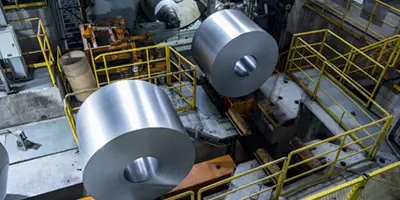
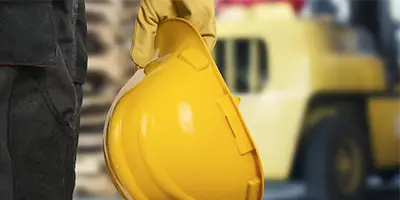
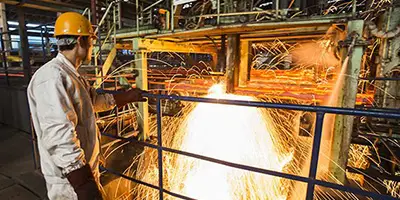
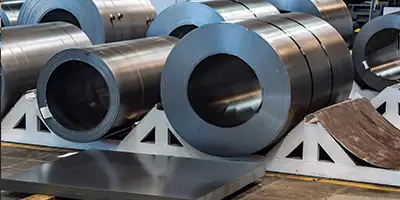

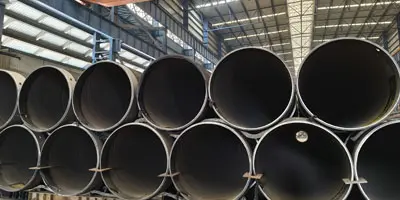
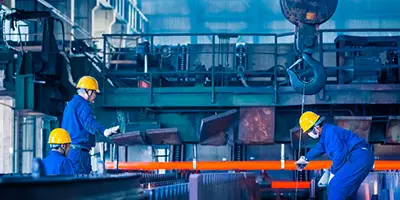
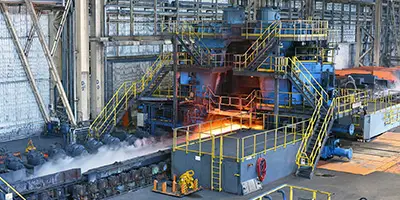
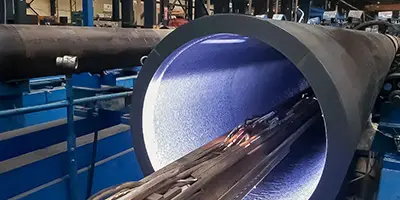
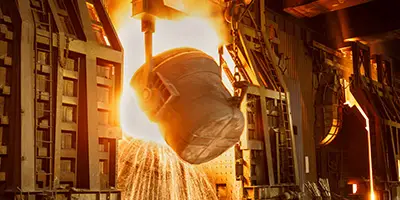
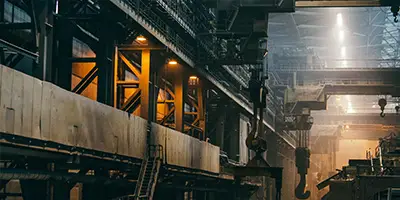
 Phone :
Phone :  Whatsapp :
Whatsapp :  Email :
Email : 


